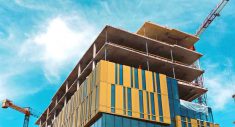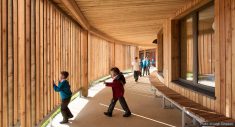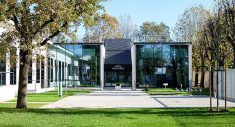During my professional career at Arup, I had the great pleasure of working side by side with Jacob Knight, an associate mechanical engineer with an extraordinary expertise in building physics and a true passion for high-energy performance buildings. Jacob, who was the project engineer behind BedZED, the UK’s first ‘carbon neutral’ mixed use development, shares his thoughts about passive design. He strongly believes that passive design is the key to achieve healthy built environments with very low energy use.
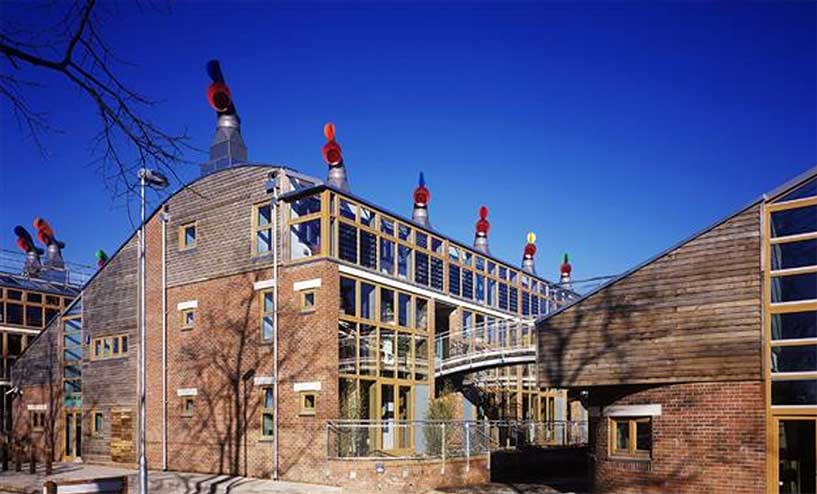
“It seems the easiest way to achieve an optimum LEED, BREEAM® or GreenStar certified rating is to design a complicated ‘intelligent’ building. My own view is that a simple, naturally ventilated building with passive design features and a sympathetic occupant prepared to tolerate a reasonably wide temperature range will be far cheaper to build and will probably consume less energy in use.
The complex building will have a comprehensive building management system (BMS) which controls things like automatic shading, CO2 sensing, lighting, metering and the air-conditioning system. This in turn may well have complicated heat exchangers, ground source heat pumps and other elements.” said Jacob Knight.
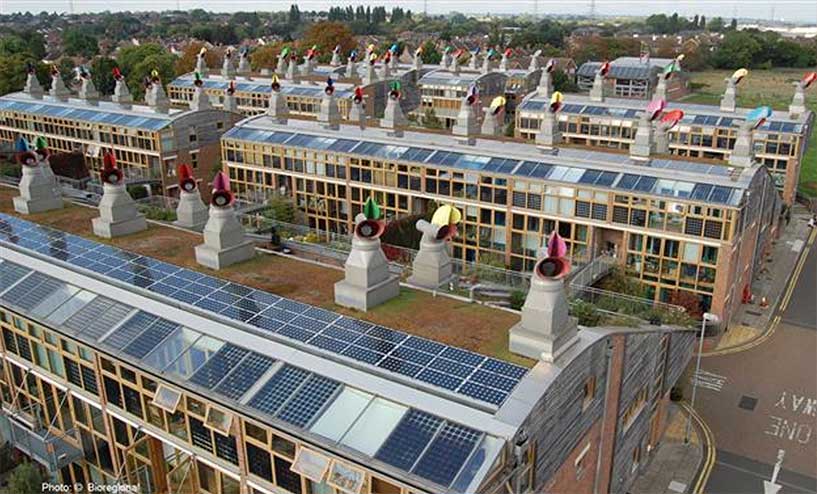
“While such buildings are great when theoretical energy modelling is carried out, the actual results are usually less impressive. Here in Africa, where I’ve worked for seven years, I have yet to see a BMS that performs without problems a few years after handover. In most buildings, operators gradually disable the systems, leaving plant running on hugely inefficient manual settings. I expect that a significant number of buildings in Europe and America are probably in the same position.
Maybe somebody important on the fourth floor keeps complaining about the air-conditioning going off at 6pm and doesn’t understand how to keep it going, so the building operator disables the time clock and does it manually.
But are these systems really essential for comfort anyway? My experience of working in an office in hot and dry Botswana is that if you’re wearing a short-sleeved shirt, 26-28°C is perfectly comfortable. I appreciate there is an element of acclimatisation and that humid climates are more difficult to deal with. But I think saying that temperatures over 24°C are too hot is an over-simplification we are going to have to move past in an era of global warming.
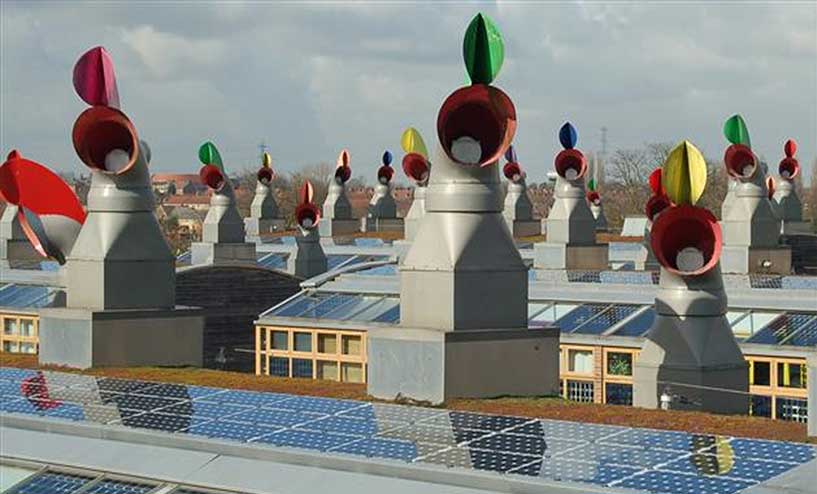
Part of the reason for many air-conditioning systems is a (valid) fear of client complaints and clauses in client briefing documents saying they expect a certain office temperature. Air-conditioning is also seen as prestigious and modern.
In cooler climates like the UK there is an argument that mechanical ventilation with heat reclamation saves energy in wintertime, but that depends on how well the natural ventilation is controlled. It also depends on how the heat is obtained – it is relatively easy to generate low-carbon heat but difficult and expensive to generate low carbon electricity. Some mixed-mode buildings with air-conditioning that can be switched off perform well, but they are still complex for users to operate.
So I guess this is a call for architects and occupants to value naturally ventilated buildings with sensible window sizes, good orientation, insulation and thermal mass. These buildings are comfortable for the vast majority of the time and can produce a healthy environment with very low energy use”.
Thanks Jacob. Totally agreed!


